Microsoft releases a new web tool for organizations to manage legacy web apps
2 min. read
Updated on
Read our disclosure page to find out how can you help MSPoweruser sustain the editorial team Read more

One of the main reasons why enterprises won’t easily migrate to latest OS is the app compatibility issues. Even though most of the desktop applications on Windows 8.1 and Windows 7 will run on Windows 10 without any issues, legacy web applications won’t run properly on modern web browsers like Microsoft Edge. Also, rewriting the legacy web apps to modern standards is very costly and time-consuming process. In order to make sure that these legacy apps do not block organizations as they adopt newer versions of Windows, Microsoft has decided to include both Internet Explorer 11 and Microsoft Edge in Windows to provide a consistent and predictable level of compatibility with existing legacy applications.
Managing multiple browsers for large organizations with a number of internal sites can become a tedious process. To help manage this dual-browser experience, Microsoft has released a new web tool called Enterprise Mode Site List Portal for larger organizations. The Enterprise Mode Site List Portal helps enterprises:
- Manage site lists from any device supporting Windows 7 or greater;
- Submit change requests;
- Operate offline via an on-premise solution;
- Provide role-based governance;
- Test configuration settings before releasing to a live environment;
- Have access to the same operations as the client tool, ideal for smaller lists.
Microsoft has also made is clear that Edge is the future. The availability of Internet Explorer 11 alongside Edge is just to help enterprises upgrade their web apps on their own schedule. Microsoft will continue to support IE11 until the lifespan of Windows 7, Windows 8.1, and Windows 10.
Learn more about managing web browsers in the enterprise here.

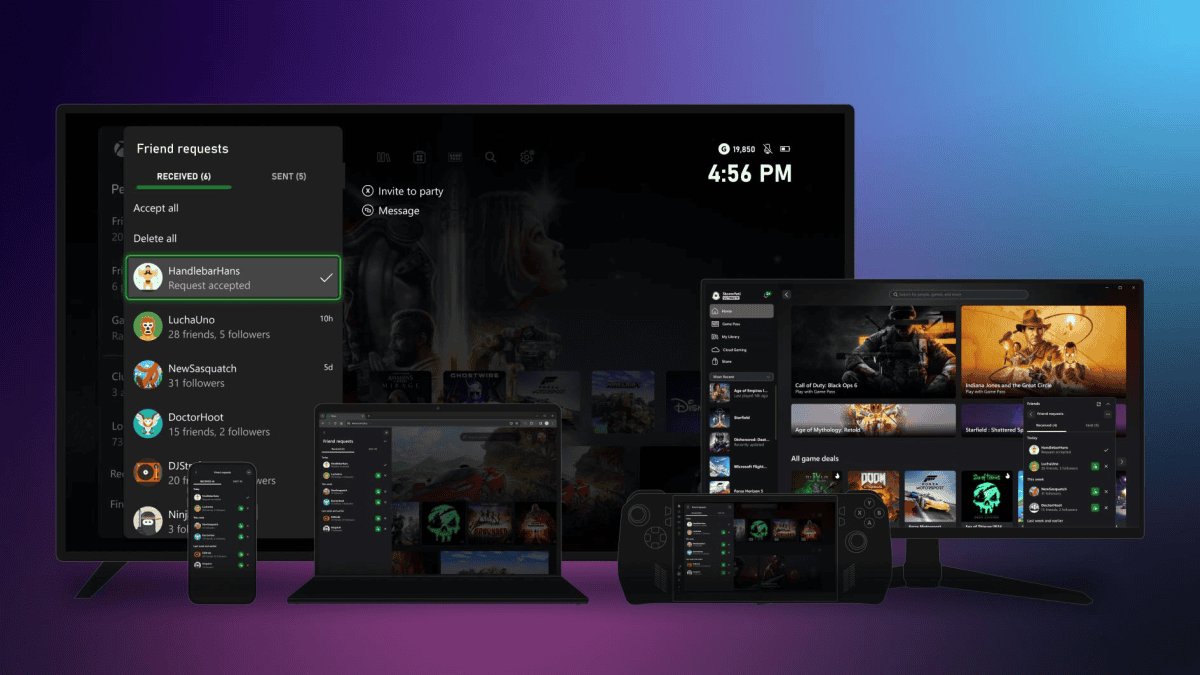


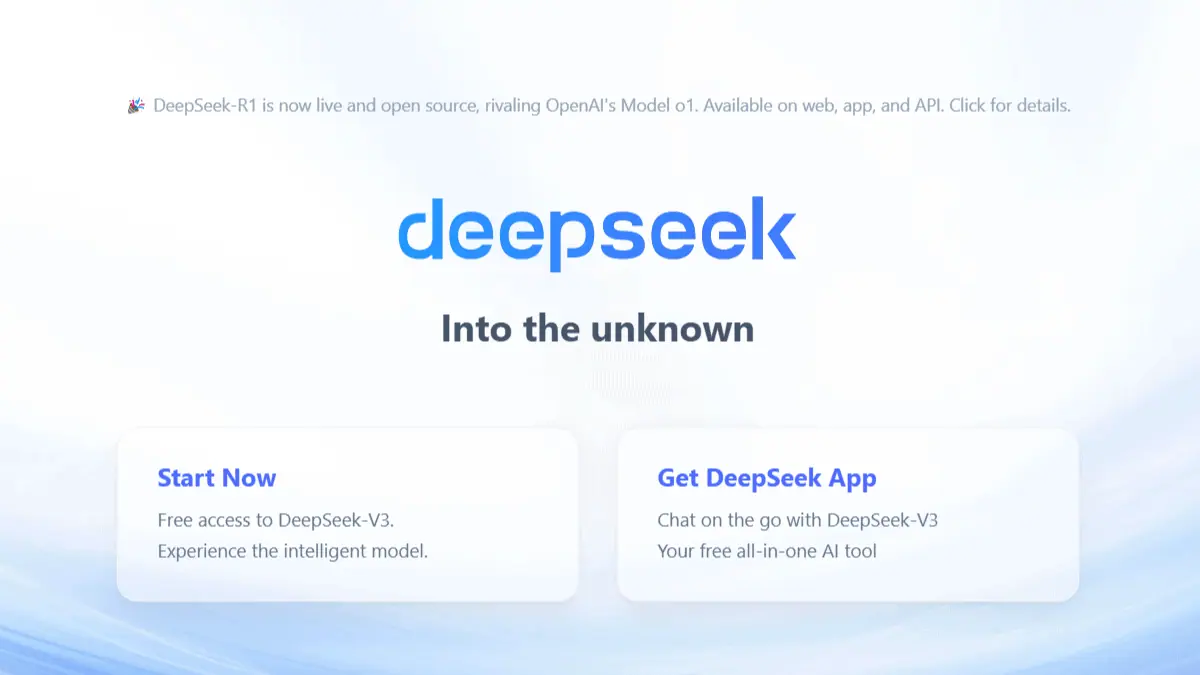
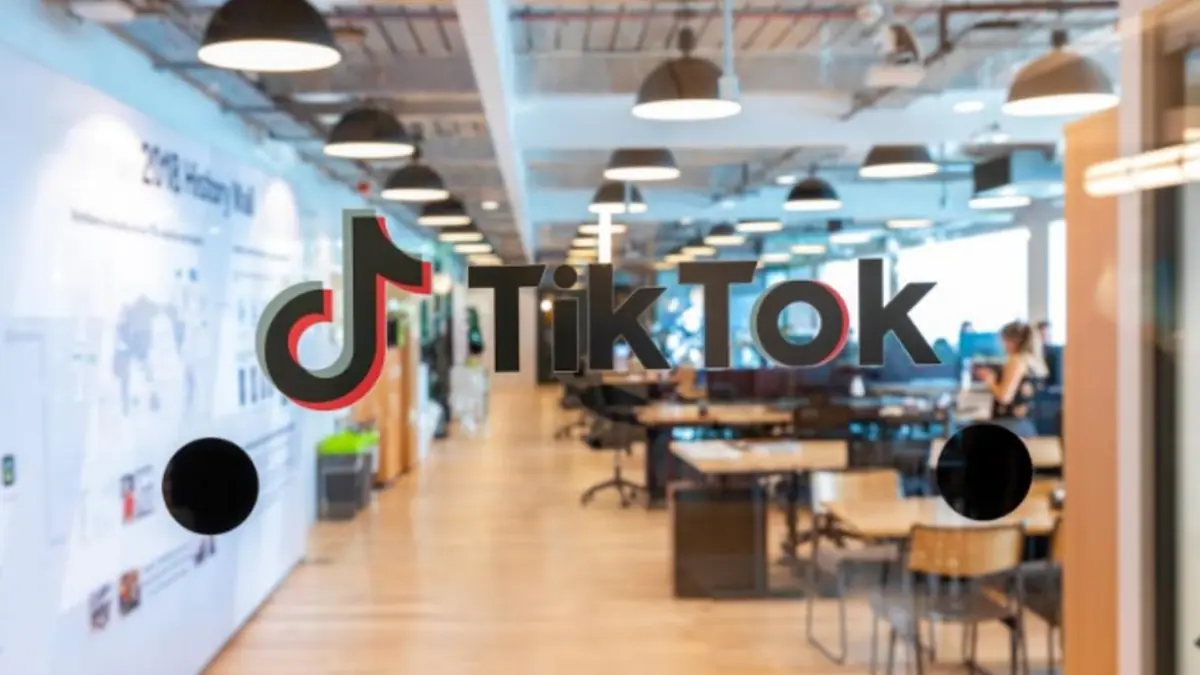
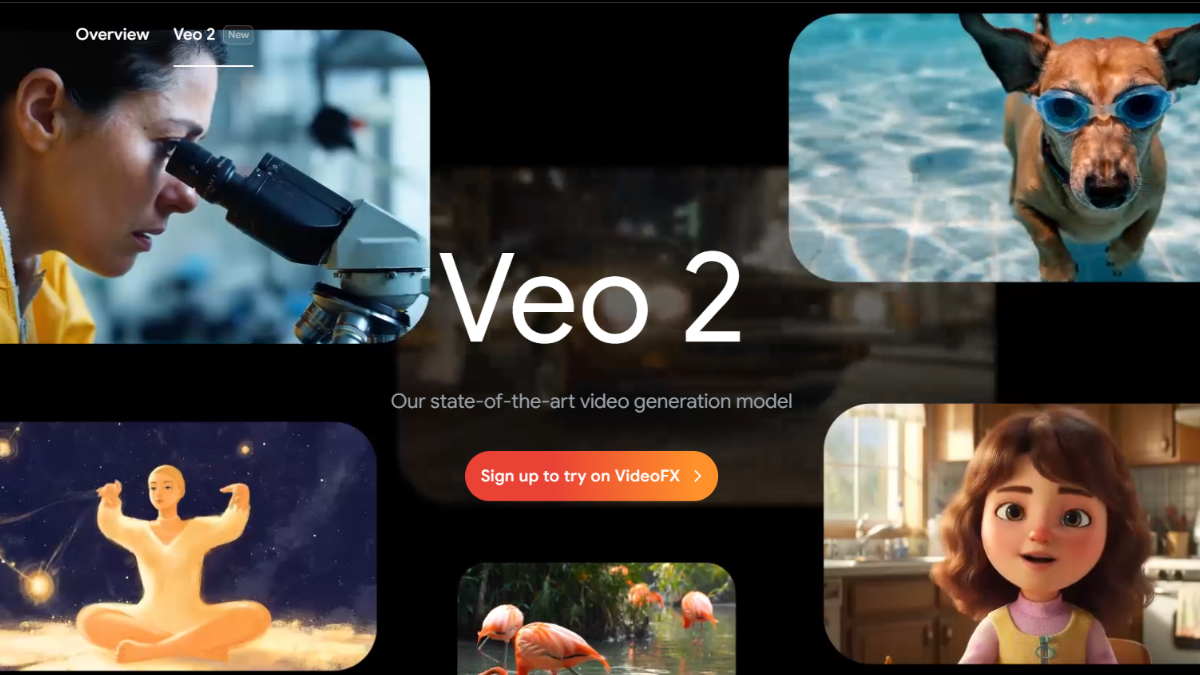

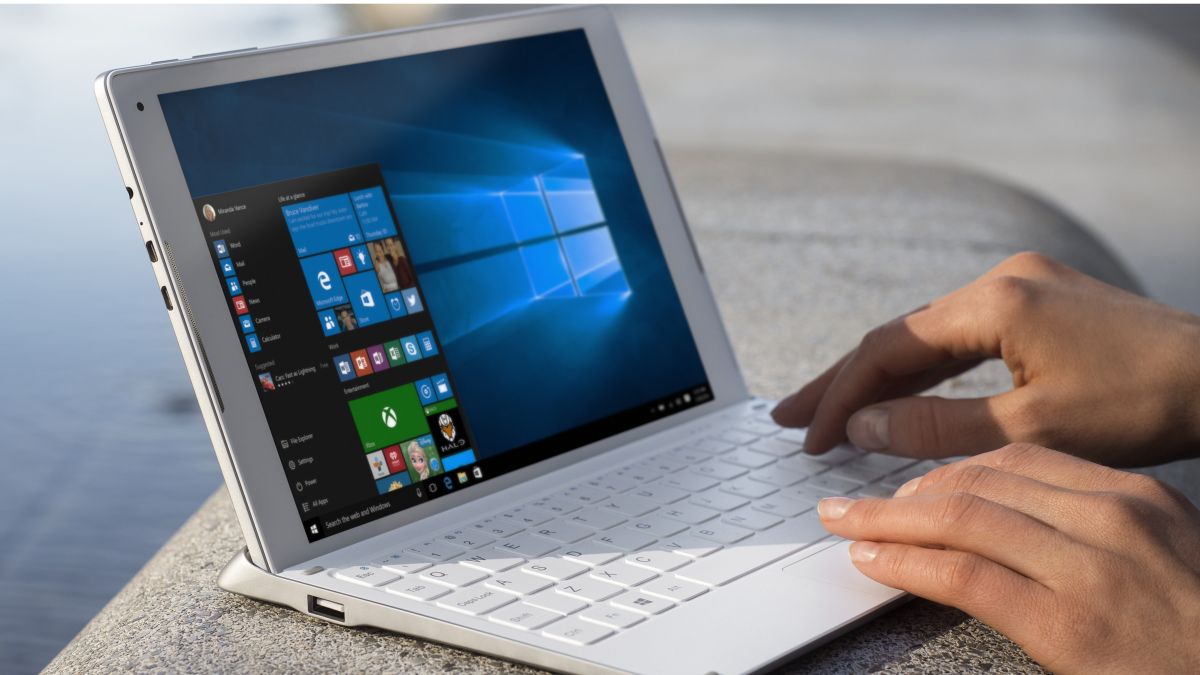
User forum
0 messages